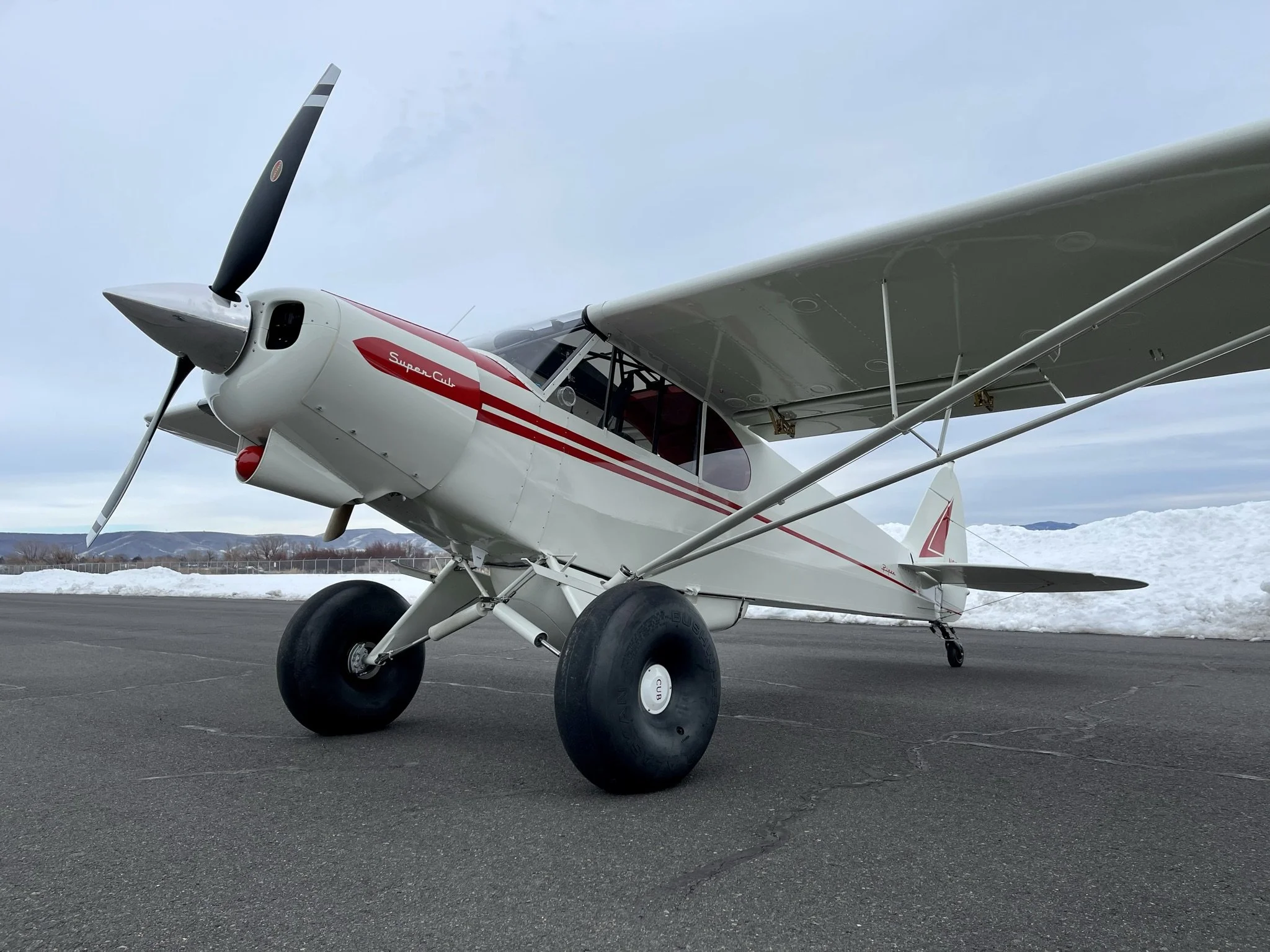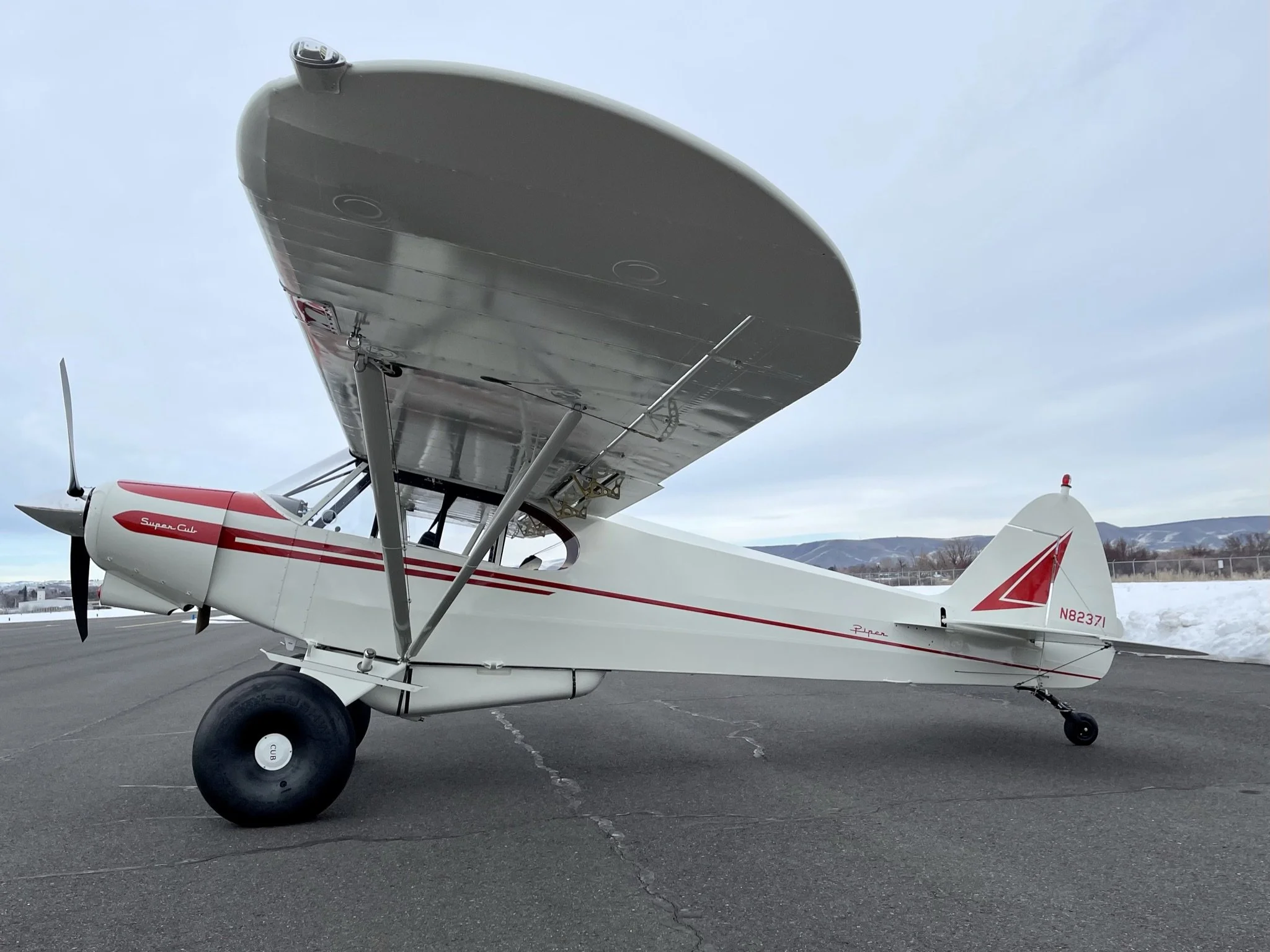The Super Cub of Theseus
For literally thousands of years, philosophers have sought to unravel the puzzle of the Ship of Theseus. Who knew it would be the FAA at the heart of the predicament that finally cracked the riddle?
In his August 2025 AOPA Pilot article “Grounded Perfection,” Dave Hirschmann tells the story of a beautifully restored Piper PA-18 Super Cub that was, astonishingly, grounded by the FAA in 2022. The agency claimed that due to the extent of the restoration, the airplane “presented for inspection [was] not the same aircraft that was manufactured by Piper Aircraft Corporation” in 1977. That ruling was eventually overturned by an administrative law judge, but not before raising a deeper question, one pondered for millennia: what makes a thing itself when all its parts have been replaced?
In Greek mythology, the legendary hero Theseus saved the children of Athens by slaying the Minotaur on Crete. After his triumph, Theseus sailed home to Delos on a ship that became a treasured artifact. According to the historian Plutarch, the Athenians, determined to preserve it, “took away the old planks as they decayed, putting in new and strong timber in their places.” As the legend goes, eventually none of the original wood remained.
Although others had hinted at the concept before (e.g. Heraclitus: “No man steps in the same river twice.”), Plutarch was the first to document the paradox now known as the Ship of Theseus: the “ship became a standing example among the philosophers, for the logical question of things that grow; one side holding that the ship remained the same, and the other contending that it was not the same.” Life of Theseus, 23.1. That is, when every part of the ship had been replaced, was it still the same ship? Later thinkers, including Thomas Hobbes, pushed the dilemma further: what if the original parts had been saved and reassembled into a second ship? Which of the two was the “real” Ship of Theseus?
This philosophical riddle has endured for over two thousand years, making appearances in classrooms, museums, even science fiction (e.g. The Punch Escrow, Spock Must Die, WandaVision). Few would expect to find it playing out in an NTSB courtroom, yet that’s exactly what befell the restored Super Cub.
The plane’s owner, Alaska bush pilot Roger Christensen and former CubCrafters Maintenance Director Stan Franz (a.k.a. the “Cub whisperer”) meticulously rebuilt the plane using new components—wings, fuselage, avionics, and more—while maintaining the type certificate and data plate of the original Piper-manufactured aircraft.
To the FAA, the airplane had crossed a line: too much had been replaced. Despite having paperwork in order and meeting airworthiness standards, the aircraft was deemed to no longer be the “same” airplane it once was. In bureaucratic terms, it had ceased to exist, and to fly it again would require re-registration and re-inspection as an experimental or kit aircraft.
Judge Darrell L. Fun
On appeal, administrative law judge Darrell L. Fun overturned the FAA’s decision, perhaps unintentionally answering the ancient philosophical question. Judge Fun ruled in favor of the aircraft’s continued existence as a certified Super Cub:
"It is completely permissible for a person to replace the wings and fuselage and any other part to increase the gross weight in accordance with an STC and at the same time replace the empennage and control surfaces using PMA parts as well as replacing the landing gear with another STC. In doing so, the final airplane would retain the original serial number and identification plate as a Super Cub, even though there was no longer any original primary structure traceable back to Piper as the manufacturer."
That is, Judge Fun sided with Plutarch’s shipwrights: what matters isn’t the continuity of material, but the continuity of identity and purpose.
In aviation, restoration is almost always a labor of love. Mechanics, restorers, and owners invest thousands of hours and dollars to preserve the legacy of vintage aircraft. The intent is not to create a replica, but to carry forward the spirit and certification of the original. By that measure, the reborn Super Cub remains not only a legal aircraft but also a living tribute to the original Piper design.
Anyone who’s spent time around airplanes knows they have identities of their own—distinctive quirks, personalities, histories. To strip away an aircraft’s identity simply because a lot of its parts have been renewed seems like a betrayal of aviation history. Airplanes are machines, yes—but they’re also vessels of memory and meaning.
The question of airplane identity is a poignant one for me at the moment, as my Bonanza is currently undergoing a comprehensive replacement of its entire instrument panel. In addition to this replacement of virtually every instrument in the airplane, over the years we’ve replaced the engine, paint, windshield, windows, fuel tanks, control yoke, interior, wing bolts, tip tanks, and a host of other parts. Is she still the same plane we bought 23 years ago? I agree with Judge Fun: you better believe it!
Hats off to the judge, to restorers Cristensen and Franz, and to the little airplane that sparked a philosophical flight of fancy.





